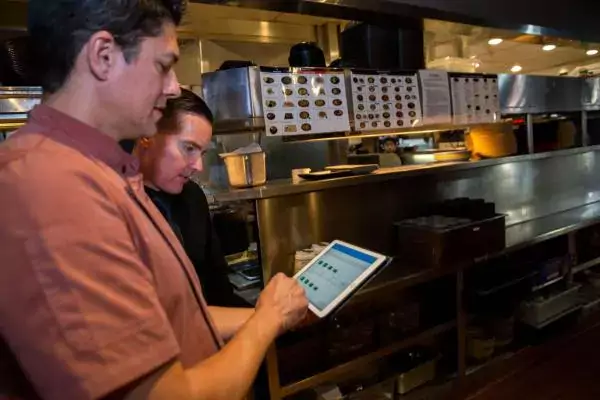The great paradox of decentralized decision-making in retail operations is that you still need a centralized platform to manage tasks. You can’t measure progress without tools that are capable of quantifying action vs. inaction on the goals you’ve outlined and distributed to your team. Moreover, these tools need to operate in real-time to keep pace with the challenges of today’s retail environment.
“Retail is entering a new era in which innovation and understanding the consumer are key to surviving in a time of rapid change,” Stacy Shulman, chief information officer for Intel’s retail solutions division, writes in a recent article. “The pace is faster than it ever has been, and it’s important to remember that we will never move this slow again.”
To stay up-to-date, retailers need to embrace change and be able to harness massive amounts of data. “While collecting information is essential, the real need is to better understand that data, in context,” Shulman says.
But even when you’re able to harness your store-level data and gain insights from it, how do you act on those insights? Shulman has noticed that many retailers are struggling to improve the customer experience and satisfy shareholders while at the same time reducing costs. She calls attention to training harder, but it might be a matter of training smarter with better communication.
“Staying lean and fast requires automating repetitive tasks and eliminating non-value-added endeavors, so that employees can be freed-up to focus on strategic decision-making and customer service,” Shulman argues.
Senior managers who think proactively and empower staff to execute on their own, but within brand guidelines, can automate those time-consuming yet critical tasks. One way to do this is to use mobile forms, which provide a means for employees to communicate challenges and concerns in real-time. This is how a centralized platform can help with decentralized decision-making.
In a practical example, any time a regional manager noted an unsanitary condition at a store in a mobile form, an automated task would be assigned to the store manager. The store manager would then have to follow up, possibly providing a photo as visual proof before the task is completed.
Through mobile forms and real-time notifications, a centralized platform like Zenput can help automate tasks and set up recurring tasks for various types of store audits and incident reports. After tasks are assigned, Zenput then tracks them through to completion and provides historical trends that help retailers understand operational consistency.
To learn more, read these case studies and discover how retailers use Zenput to increase visibility at the store level, centralizing operations and maximizing revenue.
Subscribe to our blog
You are now subscribed!


